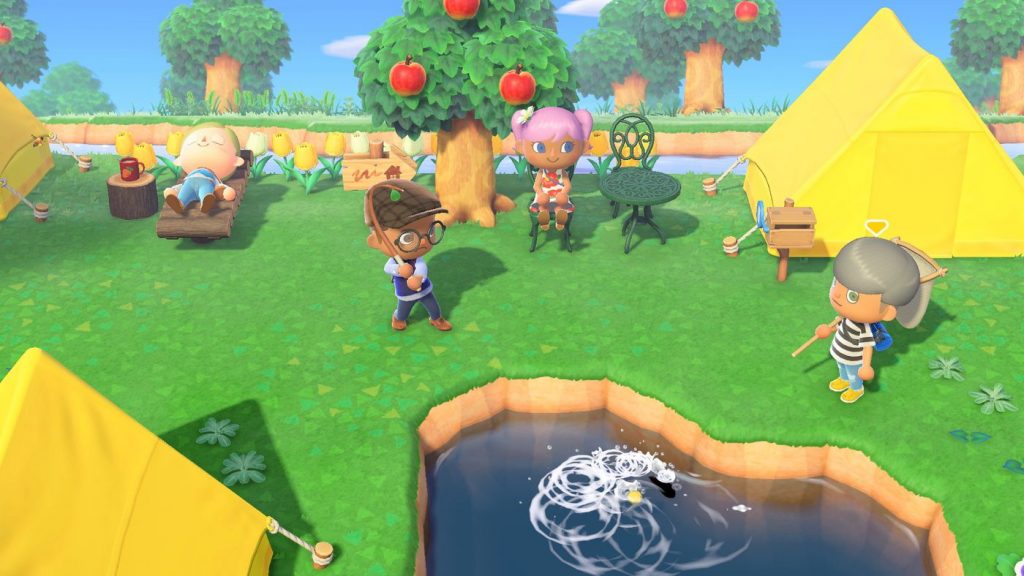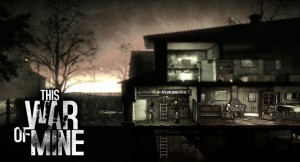Even if you haven’t been playing Animal Crossing: New Horizons, you’re almost certainly aware of it. Nintendo’s first new “proper” Animal Crossing game in 8 years (and the first new console entry into the franchise in 12 years) was always going to be a hit even before the spread of the coronavirus amplified the appeal of the title’s addictive gameplay and wholesome themes. It’s quickly become a favorite on social media as fans share their worlds, homes, interactions, and various gameplay creations.
Yet, there is an element of Animal Crossing: New Horizons which isn’t discussed that much. It’s also the element of the game that tends to generate the most debate and discussions amongst fans.
As you’ve probably gathered from the title of this article, I’m talking about Animal Crossing‘s sometimes “annoying” gameplay. There are many examples of this, but for the sake of discussion, let’s focus on a few.
You typically can’t craft multiple items at once in New Horizons, which can often result in spending an incredible amount of time in the crafting menu. Interacting with certain objects is a real hit or miss proposition. Leaning where your shovel or fishing line is going to go when you use them takes a lot of practice, and you might not ever get used to how it really works. Dialog tends to move slowly even if you mash a button to advance interactions. Managing inventory can be a real annoyance. Exterior decorating can take quite a while.
There are more examples of such annoyances, but they all contribute to the greater gameplay theme of Animal Crossing being a much slower game than something like Stardew Valley. Very little in the game seems like it’s designed with the idea of streamlining and “min-max” gameplay in mind.
That’s the rough core of the controversy. On the one hand, there are some fans who state that it doesn’t make much sense that New Horizons suffers from some of the gameplay awkwardness that was present in the original GameCube versions. Such problems were often inherent with the technology and design principles of that time, so it stands to reason that Nintendo would fix such annoyances over the years.
Others will argue that’s the entire point of the Animal Crossing experience. They contest that Animal Crossing is designed to be a slower, more methodical game. By forcing you to slow down when interacting with others and crafting items, the game if putting its foot out and preventing you from just running for a finish line. There are just those who think that Animal Crossing was simply not meant to be played that way and that such quirks contribute to the charm of the experience.
There’s a wrinkle or two that muddies that argument, though. The fact is that the Animal Crossing series has adopted certain streamlined gameplay concessions over the years. Animal Crossing: New Horizons, for instance, features a wonderful interior decoration mode that allows you to design your home decorations much more easily. It does not, however, seemingly offer you a similar option for exterior decorations or world manipulation.
This is where the argument gets so interesting. If you believe that Animal Crossing is designed to be played at a slower pace, then what should you think regarding these changes designed to make that gameplay a bit easier? More importantly, how do you weigh them against some of the quirks and annoyances which still exist to slow the game down or adhere to tradition?
It’s a debate that can’t be addressed with a universal, simple answer. What it comes down to is what you believe Animal Crossing‘s “core” experience really consists of and how such an experience may be compromised or enhanced by modifications designed to make things a bit easier.





